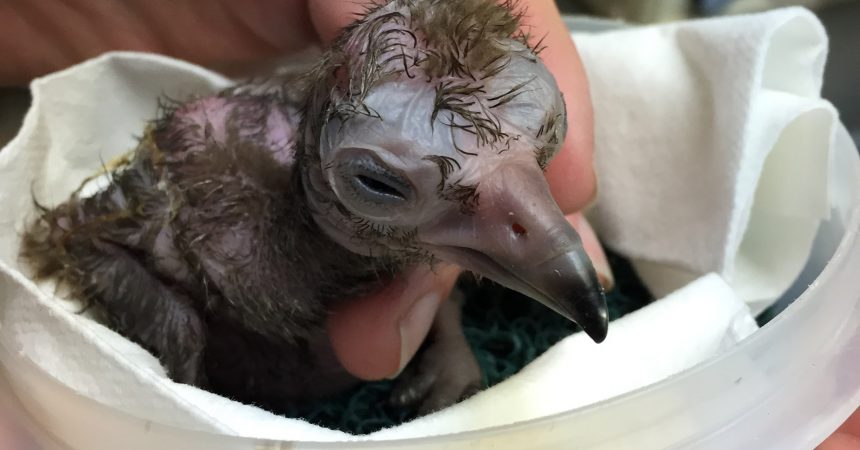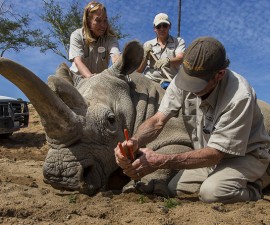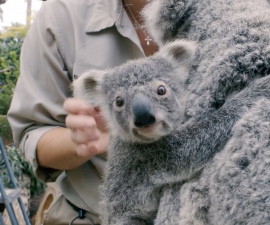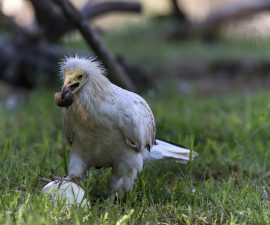Yesterday, September 3, 2016 was International Vulture Awareness Day, but we’ll be celebrating these important birds at the Safari Park through September 5 with special activities and keeper talks. Soar over and join us in honoring the value of vultures in our world!
The hooded vulture is a critically endangered African vulture. These are the smaller vultures that visit a carcass after the larger, more dominant vultures have come and taken what they want. Their skinny, sharp hooked bill is perfectly designed for getting those tiny bits of meat left on a carcass in those ‘hard to reach’ places for the big birds. Hooded vultures are pretty diverse in their diet. They eat carrion, as you would expect, but they also dine on mussels and other mollusks, lobsters, grasshoppers, grubs, and locusts. This species lays one egg a year. Both male and female participate equally in the 52-day incubation period and the 60 to 80 days needed to raise the chick.
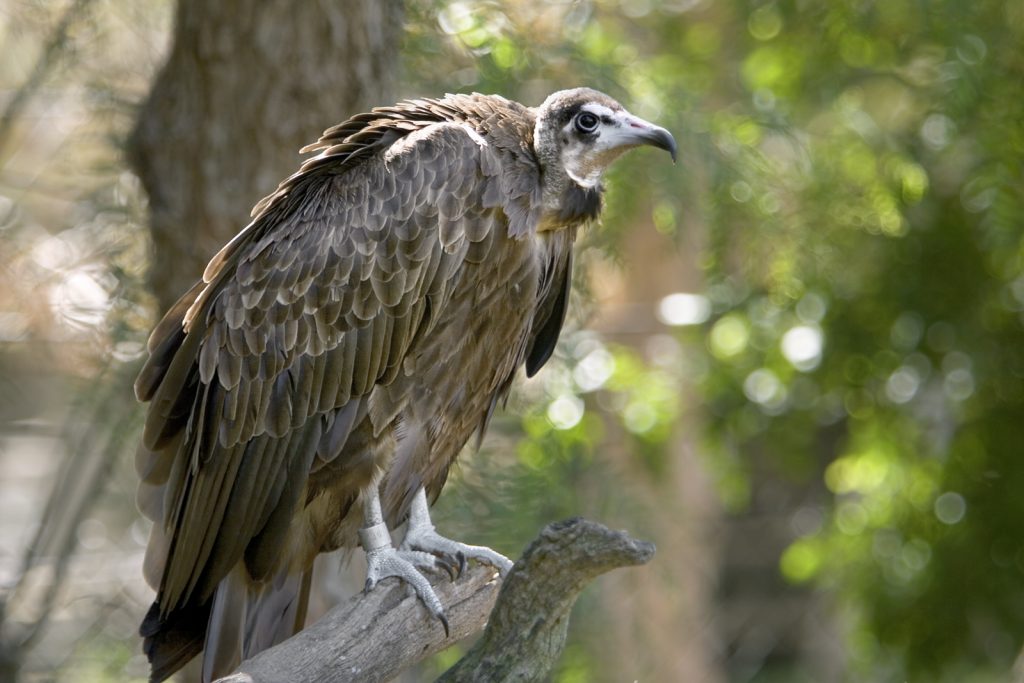
A downy head and pale face identify this hooded vulture as a juvenile.
Unfortunately, hooded vultures—as well as many other African vultures—are experiencing a rapid population decline as a result of both direct and indirect poisoning throughout their range. The Safari Park has a long been a champion of vulture conservation, and we are very proud of our contributions with this species.
We began working with hooded vulture in the 1990s. Many moons ago, my now manager, then keeper, Don Sterner (condor expert extraordinaire) actually puppet-raised our first hooded vulture at the California Condor Breeding Facility (CCBF). At that time, we didn’t have a set up that allowed the birds to raise their own chicks. In 2007, we brought in two wild-caught females to pair with the birds already in our collection, and in 2009 a pair laid their first egg!
When you visit the hooded vulture habitat in African Woods at the Safari Park, you’ll see it has a large hedge of Cape honeysuckle along the back edge and behind the rock pile. The birds chose a cave-like nest, inside a hollowed out portion in the hedge. I found their nest site choice really interesting because in the wild, hooded vultures build stick nests in trees, often in palms. At the Park, we do our best to replicate each animal’s natural world in our enclosures. We carefully consider their needs so that they can nest, lounge, eat, live, in a similar environment that their bodies and minds have been designed for. The birds had many nesting options in their Park home, but they chose this site very quickly. I believe the hedge nest site was chosen because it provides a sense of security for raising offspring; vultures are incredibly intelligent.
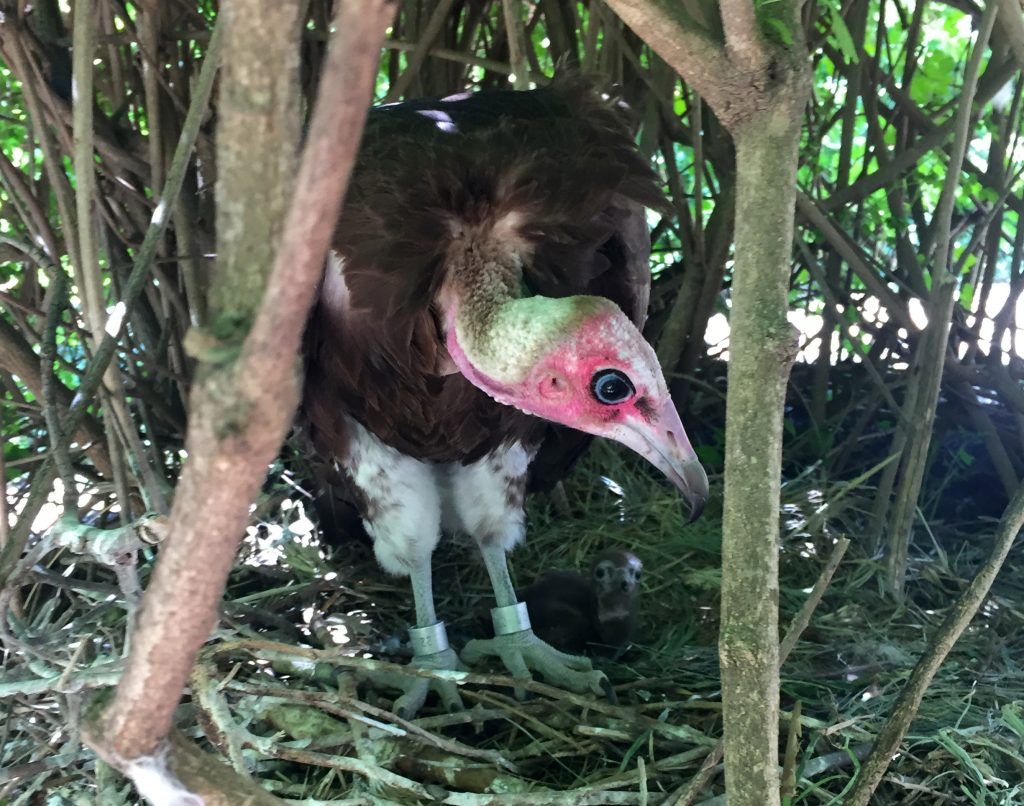
Can you spot the chick snug in this vulture’s nest?
The main breeding pair has produced seven chicks at this site and raised two themselves. This year, I was very excited to see a second pair trying to nest down in the deep moat near the front of the enclosure. It was a good spot, but had no cover. Every time they noticed someone seeing them, they fled the site. I thought about what the first pair taught me, and set about making a palm-frond-thatched lean-to over the nest. The second pair loved it! They started spending a lot more time at the site and laid their first egg this year.
Here at the Park, when we have a species that have had no offspring and have high genetic value it is customary to puppet-raise some of the first offspring. We do this because those of you who are parents know that parenting is hard. It takes time for a pair to learn how to successfully raise a chick.
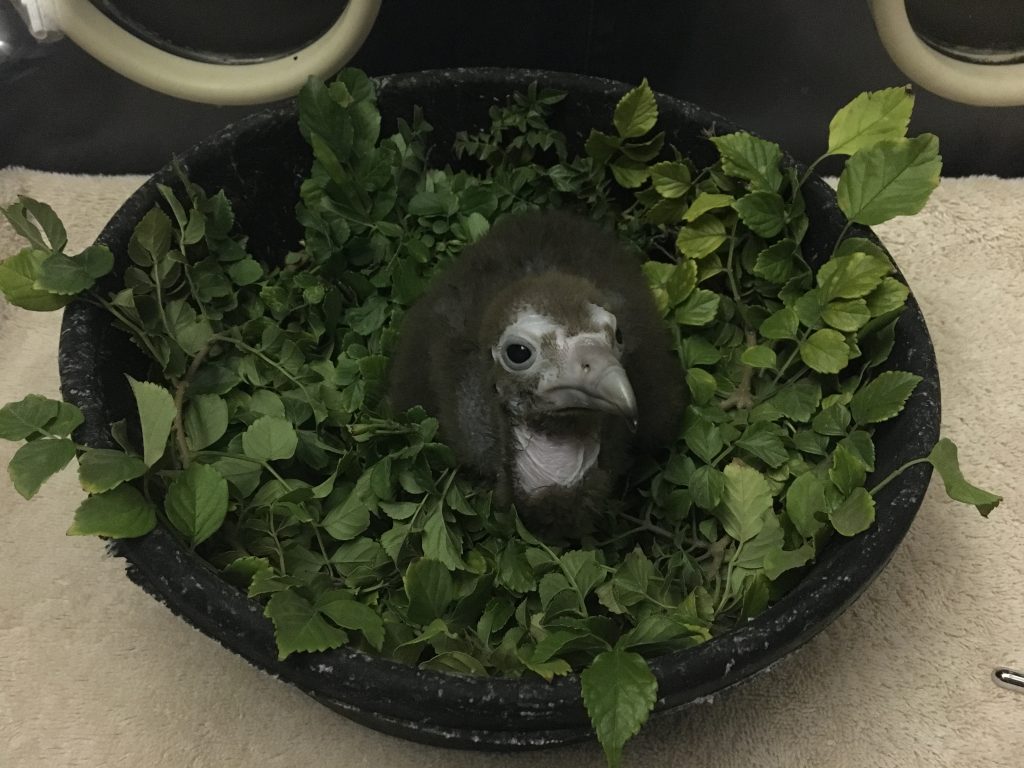
Soft plant material helps make this hooded vulture chick cozy as it is being hand raised.
Vultures typically have a slow reproductive rate—hooded vultures usually produce one egg/chick per year. They also don’t reach sexual maturity very quickly. These factors are major hindrances to their population’s recovery in the wild and continued reproduction in zoos. So we try to help maximize their reproductive efforts. When an egg is laid, if we remove it from the nest, the parents lay another. We incubate and raise some of the eggs/chicks and the parents raise some; that way we get more offspring than what the birds could have raised on their own.
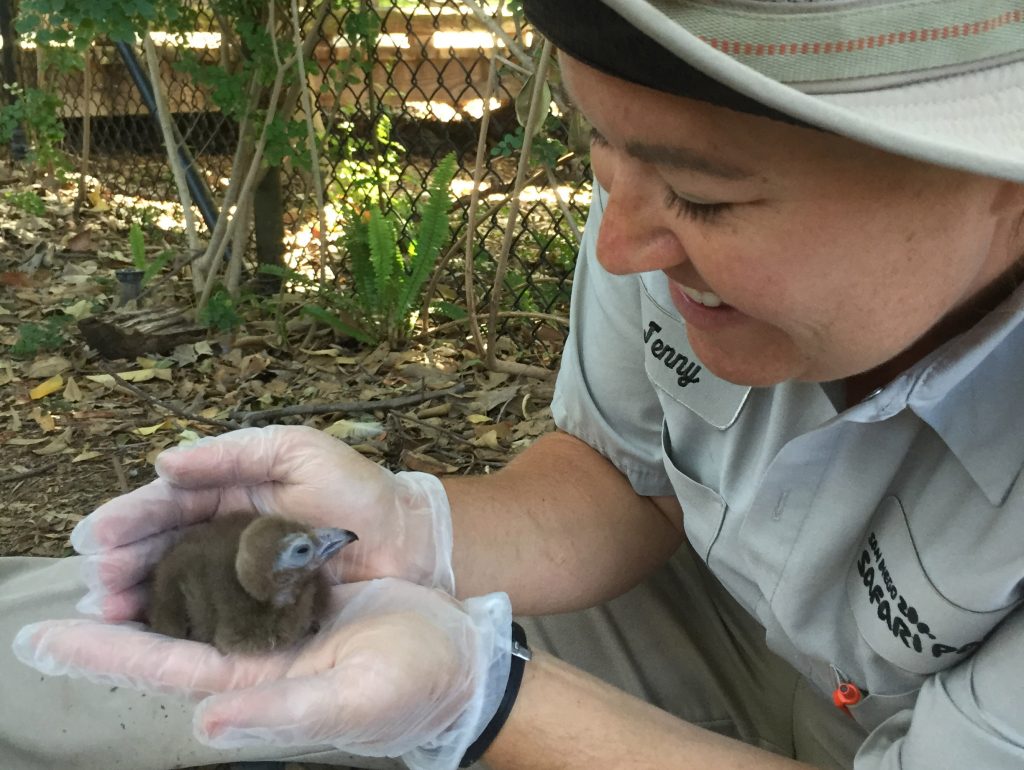
The author checks on a parent-raised hooded vulture chick—looking good!
We have assisted in some way with most of the chicks, but I’m proud to say our hooded vultures have now raised two chicks all by themselves. They are such great parents. Most of the time, they don’t even move when I peek into the nest to see how the chick is doing. They will protect the nest from other birds and one parent is always with the chick on the nest for the first 30 or so days. This means we feed many times a day so that the parents can exchange multiple times, feeding the chick and themselves. We are the only AZA institution to produce this critically endangered species in the past year. The Park has produced 10 hooded vulture chicks in our time working with this species and now that we have 2 producing pairs, we expect continued success.
Jenny Tibbott is a keeper at the San Diego Zoo Safari Park.

